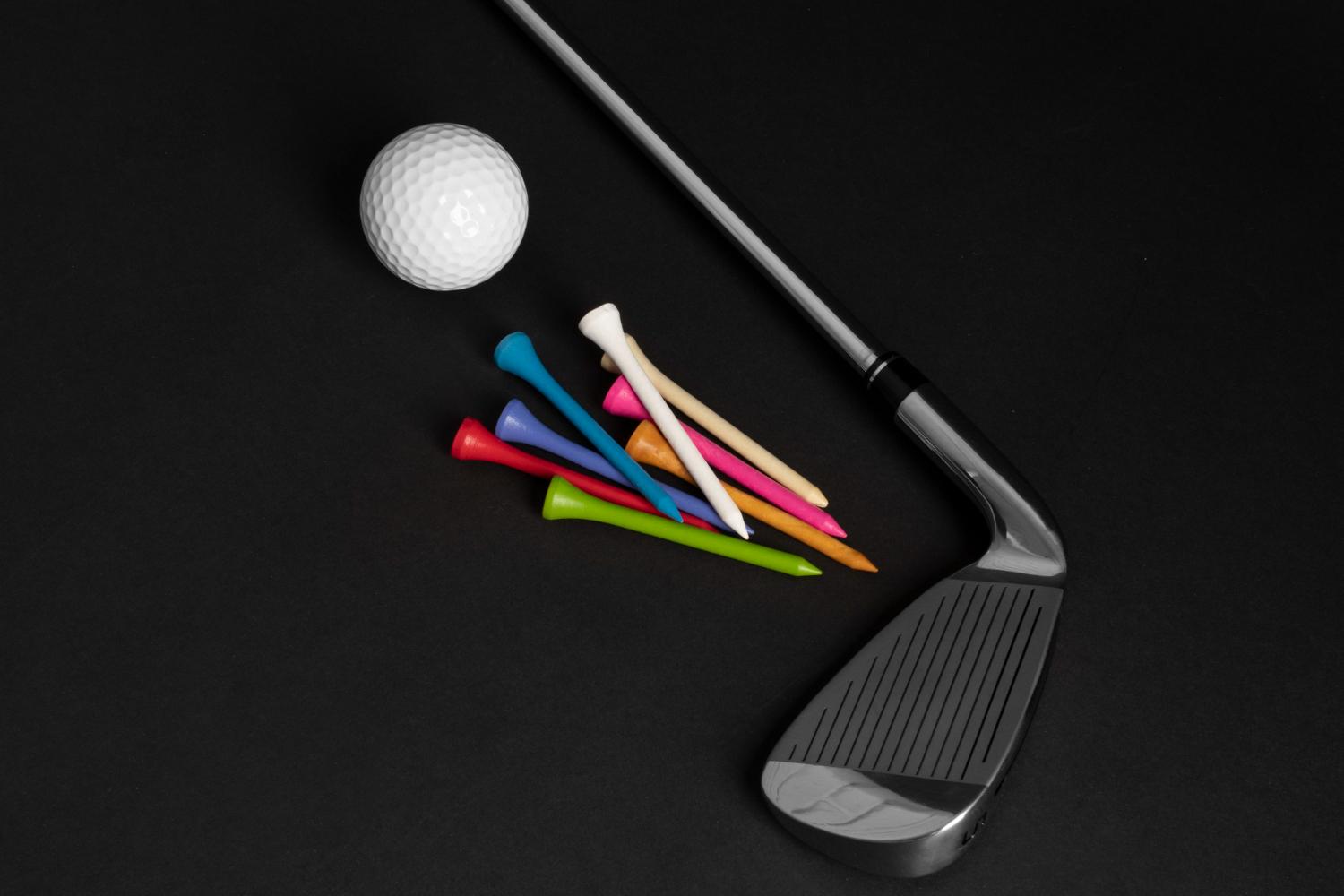When it comes to golf club regripping, most golfers focus on feel and brand, but the real differentiators lie in how specific materials interact with biomechanics, weather adaptation, and long-term player development. If you want a grip that enhances performance rather than just replacing the worn one, here’s what truly matters.
Analyse Torque Transmission, Not Just Comfort
The material’s ability to transmit torque efficiently is often overlooked. Softer compounds absorb energy, muting clubface feedback, which can hinder shot correction. Advanced players seeking shot-shaping ability should lean towards firmer, low-compression rubbers or hybrid blends that offer controlled torque feedback during the transition phase of the swing.
Prioritise Surface Memory Over Tactile Softness
Many golfers equate “tacky” with “better,” but what truly matters is surface memory, how well the material retains its structural consistency under pressure. Grips with high polymer resilience maintain a consistent feel over time, while softer elastomers often deform under repeated grip pressure, subtly altering wrist alignment and control.
Factor in Microclimate Impact, Not Just Weather
Rather than generalising by ‘humid’ or ‘dry’ conditions, assess the microclimate of where you most often play. For instance, coastal salt air can degrade rubber faster, making EPDM blends preferable over natural rubber. Inland desert climates can cause drying and cracking, where UV-resistant polyurethane compounds have the edge.
Use Grip Composition to Offset Swing Bias
Material choice can subtly correct swing flaws. For example, if you tend to close the clubface early, firmer, round-profile grips reduce excessive hand rotation. Conversely, softer, ribbed grips can promote a more natural wrist hinge in players with a flatter swing plane. Your grip material can either reinforce or counteract swing tendencies.
Balance Moisture Management with Tactile Feedback
Corded grips aren’t always the answer to sweat and rain. Hydrophilic polymer grips now offer dual-layer systems that wick moisture away while retaining tactile responsiveness. Consider material coatings or microtexturing rather than defaulting to old-school corded tech, which can be abrasive and unnecessary with today’s innovations.
Anticipate Degradation Patterns Based on Use
Regripping schedules should be based not just on rounds played but on how your chosen material ages. High-friction players (tight grip pressure, aggressive tempo) will notice faster wear with soft polymers. Understanding the degradation pattern of your grip material allows for predictive maintenance and consistency across your set.
Align Regrip Strategy with Seasonal Form
Elite players often swap grip materials seasonally, using firmer grips in peak form for precision and softer grips in transitional periods for comfort. You can mimic this approach based on your performance cycles. Your golf club regripping shouldn’t be a one-time decision but part of a dynamic performance strategy.
In short, golf club regripping isn’t just a maintenance task; it’s a finely tuned performance tool. When material choices are informed by biomechanical feedback, localised weather patterns, and swing biases, they stop being accessories and become active components of better play.
While many focus only on comfort and size, Club Champion takes regripping further, analysing grip materials to enhance your swing mechanics and performance. If you need a golf club regripping, contact us to book your fitting.



